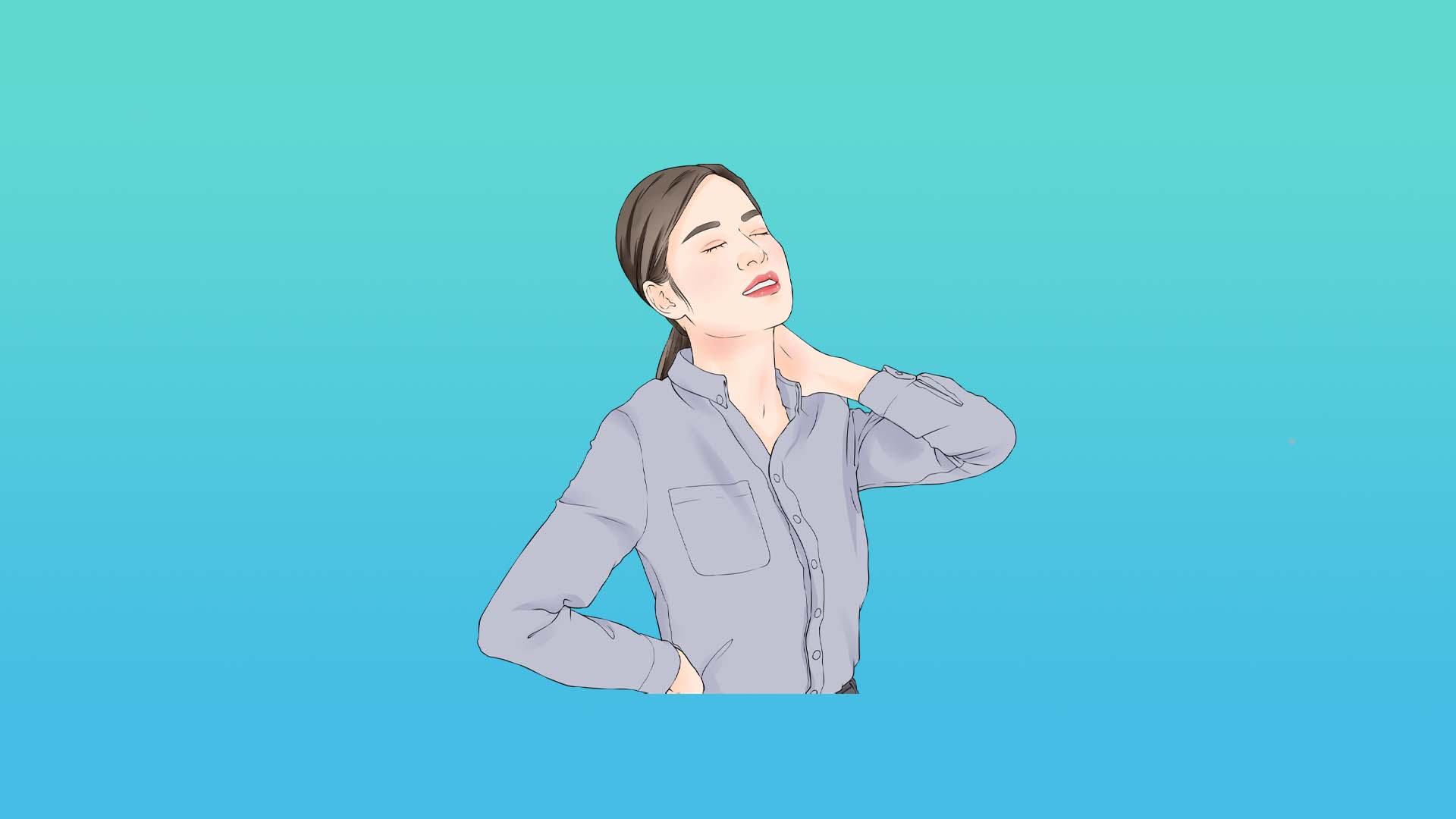What are the symptoms of cervical nerve compression?
Generally, symptoms of cervical nerve compression include neck and shoulder pain, dizziness and headache, numbness and weakness in the upper limbs, unsteady gait, abnormal reflexes, and decreased muscle strength. If experiencing any discomfort, it is recommended to seek timely medical consultation at a hospital and follow standardized treatment under a physician's guidance. Detailed explanations are as follows:

1. Neck and Shoulder Pain
When cervical nerves are compressed, patients initially experience pain in the neck and shoulders. This pain may be continuous or intermittent, caused by inflammatory reactions resulting from herniated intervertebral discs or bone spurs irritating surrounding tissues and nerve roots.
2. Dizziness and Headache
Some patients with cervical nerve compression may experience symptoms such as dizziness and headache. Headaches often manifest as pressure or throbbing pain in the back or sides of the head, while dizziness might result from impaired nerve conduction affecting balance and spatial orientation. These symptoms may become more pronounced when turning the head.
3. Numbness and Weakness in the Upper Limbs
When cervical nerve roots are compressed, affecting nerve conduction to the upper limbs, nerve signal transmission may be disrupted, causing numbness in the fingers, palms, or forearms, and even weakness in hand strength.
4. Unsteady Gait
If cervical nerves compress the spinal cord, sensory and motor functions of the lower limbs may be affected, leading to unsteady gait and walking difficulties. Severe cases may result in paralysis.
5. Abnormal Reflexes and Decreased Muscle Strength
Compression of the spinal cord due to cervical nerve issues may lead to abnormal reflexes, such as hyperactive knee-jerk and Achilles reflexes, and positive pathological reflexes. Long-term or severe nerve compression may also gradually weaken the muscles innervated by the affected nerves, manifesting as difficulty lifting objects or performing fine motor tasks. If the compression is not promptly relieved, muscle atrophy may occur, further impairing upper limb function.
It is recommended to maintain proper sitting, standing, and sleeping postures in daily life, avoid prolonged head-down positions or maintaining the same posture for extended periods, and regularly exercise the neck to help relieve neck muscle tension and improve blood circulation.






